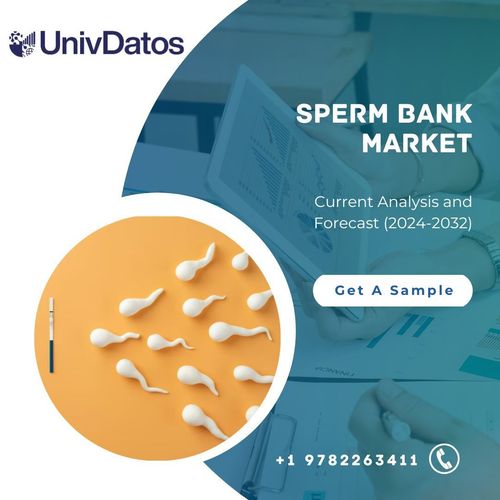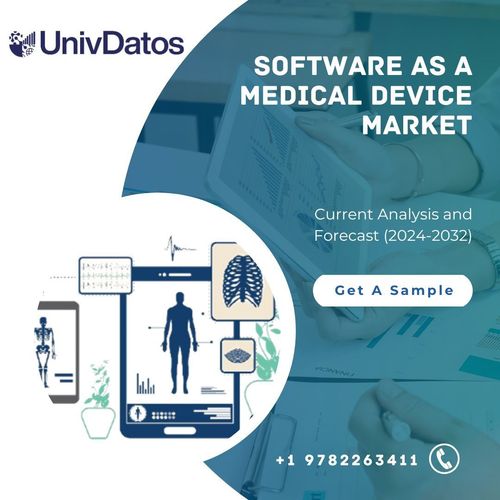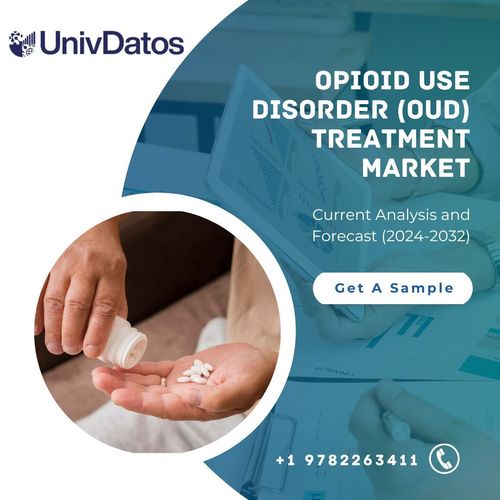Protein Expression Market: Current Analysis and Forecast (2021-2027)
Emphasis on Expression System (Prokaryotic expression systems, Mammalian cell expression systems, Insect cell expression systems, Yeast expression systems and other expression systems); Application (Therapeutic, Industrial and Research); Product (Reagents, Competent cells, Expression vectors, Services, Instruments); End Users (Pharmaceutical and biotechnological companies, Academic research, Contract research organizations, Others); and Region/Country
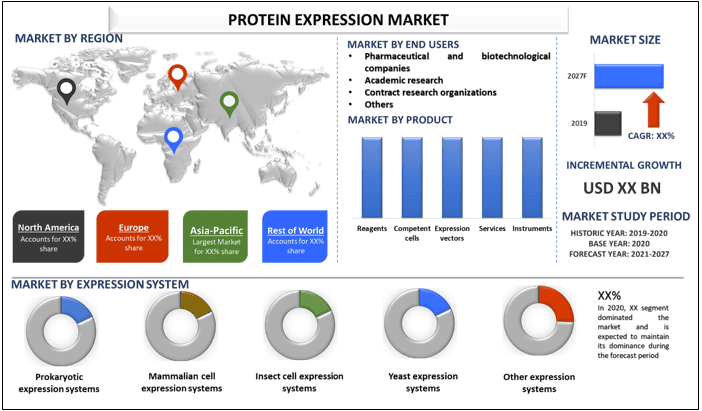
Protein Expression Market was valued at around US$ 2.2 billion in 2020 and is expected to registering a CAGR of 14% during the forecast period (2021-2027). Protein expression refers to how proteins are synthesized, modified, and regulated in living organisms. The demand for the Protein Expression market is increasing on account of the rising incidence of chronic diseases, growth in the geriatric population, and rising demand for protein biologics. Moreover, the rising demand for therapeutic proteins such as insulin, hormones, monoclonal antibodies, and vaccines also propels market growth. Increasing investment in R&D, by biotechnology and pharmaceutical companies, is another major factor supporting the sector growth. The Covid-19 pandemic, has shown a positive impact on the Protein Expression Market. The development of therapeutic and preventive strategies requires an accurate understanding of the role that proteins play in the SARS-CoV-2 infection process and progression of Covid-19. The vast field of proteomics is well equipped with the technologies needed to help in facing this challenge. The current Covid-19 pandemic has produced a huge immediate demand for SARS-CoV-2 RNA/protein-based diagnostic reagents and associated antibodies, putting tremendous stress on the supply and distribution chains. Executing rapid, larger scale production, coupled with the escalation of production in transgenic plants, followed by the transient expression in plant cells may resolve the difficulties induced by shortage. In December 2020, Clover Biopharmaceuticals, China, announced positive clinical results of its Phase 1 trial of its protein-based Covid-19 S-Trimer vaccine candidates in combination with adjuvants procured from either GSK induce strong immune responses, including neutralizing antibodies and cell-mediated immunity, as well as favorable safety and tolerability profiles in 150 adult and elderly participants.
Insights Presented in the Report
“Amongst Expression Systems, Prokaryotic expression systems segment hold the major share.”
Based on Expression Systems, the market is fragmented into Prokaryotic expression systems, Mammalian cell expression systems, Insect cell expression systems, Yeast expression systems, and Other expression systems. The Prokaryotic expression system segment dominated the market in 2020 and is expected to grow at lucrative growth during the forecasted period owing to its large application in biologics and drug productions. Recent progress in recombinant DNA technologies has paved the way to producing recombinant proteins that can be used as therapeutics, vaccines, and diagnostic reagents. Recombinant proteins for these applications are mainly produced using prokaryotic expression systems such as mammalian cells, bacteria, yeast, insect cells, and transgenic plants at laboratory scale as well as in large-scale settings.
“Amongst Applications, Therapeutic segment holds the major share.”
Based on Applications, the market is bifurcated into Therapeutic, Industrial, and Research. The Therapeutic segment dominated the market in 2020 and is expected to grow at lucrative growth during the forecasted period owing to the high demand for therapeutic proteins for the treatment of cancer, infectious diseases, anemia, hemophilia, and multiple sclerosis. Several agents targeting molecules that are crucial both for the tumor and its microenvironment have already been approved by the U.S. Food and Drug Administration for clinical use. For instance, HER-2 is expressed at high levels on the surface of some cancer cells. Several targeted therapies are directed against HER-2, including trastuzumab (Herceptin), which is approved to treat certain breast and stomach cancers that overexpress HER-2.
“Amongst Product, Reagents segment holds the major share.”
Based on Product, the market is bifurcated into Reagents, Competent cells, Expression vectors, Services, and Instruments. The Reagents segment dominated the market in 2020 and is expected to grow at lucrative growth during the forecasted period owing to its repetitive purchase for therapeutic, industrial, and research applications. Thermo Fisher Scientific Inc. is the largest player in the protein expression market. The large share of this company can be attributed to its strong suite of expression vectors, reagents, competent cells, and instruments. Owing to its strong sales and distribution network, the company has a significant global footprint.
“Amongst End Users, the Pharmaceutical and biotechnological companies segment is anticipated to grow at the highest CAGR during the analyzed period.”
Based on End Users, the market is bifurcated into Pharmaceutical and biotechnological companies, Academic research, Contract research organizations, and Others. The Pharmaceutical and biotechnological companies segment dominated the market in 2020 and is expected to grow at lucrative growth during the forecasted period owing to rising focus on proteomics research and increasing production of biologics products. In 2020, Thermo Fisher Scientific Inc. acquired the biotechnology company, Qiagen (Germany). This acquisition will help Thermo Fisher Scientific to enhance its precision medicine portfolio through molecular diagnostics and improved life sciences solutions.
“North America region signifies one of the largest markets and is expected to be the fastest-growing markets of Protein Expression market.”
For a better understanding of the market adoption of Protein Expression, the market is analyzed based on its worldwide presence in the countries such as North America (United States, Canada, and the Rest of North America), Europe (Germany, France, Spain, United Kingdom and Rest of Europe), Asia-Pacific (China, Japan, India, Australia, and Rest of APAC), and Rest of World. North America will dominate the Protein Expression market on account of the presence of a large number of biopharmaceutical and biotechnology companies in this region. North America will dominate the Protein Expression market on account of the rising research and development initiatives, prospects in proteomics, increasing incidents of chronic diseases, and increasing government initiatives. Moreover, the increasing applications of protein expression and growing adoption of precision medicines also propels the market growth. As per the USA Life Sciences, around 6,600 biotech companies are operating in the US region. A more in-depth analysis highlights therapeutics as the most common in the biotech landscape, making up 29.1% of all these companies. At 17.6%, analytics and diagnostics are the second most prominent field in biotech organizations. Some of the major players operating in the market include Thermo Fisher Scientific Inc., Merck KGaA, GenScript Biotech Corporation, Agilent Technologies Inc., Takara Bio, Inc., Bio-Rad Laboratories Inc., Lonza, Promega Corporation, New England Biolabs, and Oxford Expression Technologies Ltd. Several M&As along with partnerships have been undertaken by these players to boost their presence in different regions.
Reasons to buy this report:
- The study includes market sizing and forecasting analysis validated by authenticated key industry experts
- The report presents a quick review of overall industry performance at one glance
- The report covers an in-depth analysis of prominent industry peers with a primary focus on key business financials, product portfolio, expansion strategies, and recent developments
- Detailed examination of drivers, restraints, key trends, and opportunities prevailing in the industry
- The study comprehensively covers the market across different segments
- Deep dive regional level analysis of the industry
Customization Options:
The Protein Expression market can further be customized as per the requirement or any other market segment. Besides this, UMI understands that you may have your own business needs, hence feel free to connect with us to get a report that completely suits your requirements.
Table of Contents
Analyzing the historical market, estimation of the current market, and forecasting the future market of the Global Protein Expression market were the three major steps undertaken to create and analyze the adoption of Protein Expression for the different applications such as Pharmaceutical and biotechnological companies, Academic research, Contract research organizations, and Others. Exhaustive secondary research was conducted to collect the historical market numbers and estimate the current market size. Secondly, to validate these insights, numerous findings and assumptions were taken into consideration. Moreover, exhaustive primary interviews were also conducted, with industry experts across the value chain of the Protein Expression sector. Post assumption and validation of market numbers through primary interviews, we employed a top-down/bottom-up approach to forecasting the complete market size. Thereafter, market breakdown and data triangulation methods were adopted to estimate and analyze the market size of segments and sub-segments the industry pertains to. Detailed methodology is explained below:
Analysis of Historical Market Size
Step 1: In-Depth Study of Secondary Sources:
The detailed secondary study was conducted to obtain the historical market size of the Protein Expression through company internal sources such as annual reports & financial statements, performance presentations, press releases, etc., and external sources including journals, news & articles, government publications, competitor publications, sector reports, third-party database, and other credible publications.
Step 2: Market Segmentation:
After obtaining the historical market size of the Protein Expression, we conducted a detailed secondary analysis to gather historical market insights and share for different segments for major regions. Major segments included in the report are expression systems, product, end-use, and Region/Country. Further country-level analyses were conducted to evaluate the overall adoption of Protein Expression in every region.
Step 3: Factor Analysis:
After acquiring the historical market size of different segments and sub-segments, we conducted a detailed factor analysis to estimate the current market size of Protein Expression. Further, we conducted factor analysis using dependent and independent variables such as the rising number of new product launches and growing demand for protein rich products.
Current Market Size Estimate & Forecast
Current Market Sizing: Based on actionable insights from the above 3 steps, we arrived at the current market size, key players in the Protein Expression Market, and market shares of the segments. All the required percentage shares split, and market breakdowns were determined using the above-mentioned secondary approach and were verified through primary interviews.
Estimation & Forecasting: For market estimation and forecast, weights were assigned to different factors including drivers & trends, restraints, and opportunities available for the stakeholders. After analyzing these factors, relevant forecasting techniques i.e., the top-down/bottom-up approach was applied to arrive at the market forecast about 2027 for different segments and subsegments across the major markets globally. The research methodology adopted to estimate the market size encompasses:
- The industry’s market size, in terms of value (USD) and the adoption rate of Protein Expression across the major markets domestically
- All percentage shares, splits, and breakdowns of market segments and sub-segments
- Key players in the Protein Expression market in terms of services offered. Also, the growth strategies adopted by these players to compete in the fast-growing market.
Market Size and Share Validation
Primary Research: In-depth interviews were conducted with the Key Opinion Leaders (KOLs) including Top Level Executives (CXO/VPs, Sales Head, Marketing Head, Operational Head, and Regional Head, Country Head, etc.) across major regions. Primary research findings were then summarized, and statistical analysis was performed to prove the stated hypothesis. Inputs from primary research were consolidated with secondary findings, hence turning information into actionable insights.
Split of Primary Participants in Different Regions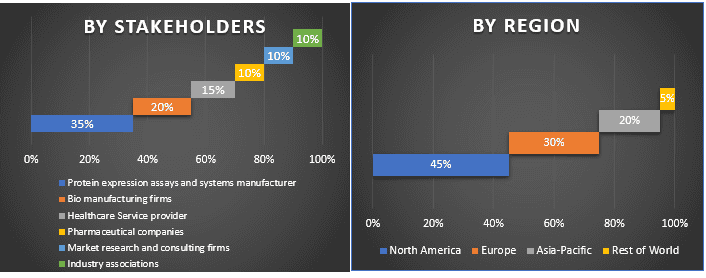
Market Engineering
Data triangulation technique was employed to complete the overall market estimation and to arrive at precise statistical numbers of each segment and sub-segment of the Protein Expression market. Data was split into several segments & sub-segments post studying various parameters and trends in the areas of Expression Systems, Application, Product, End-use, and Region of the Protein Expression market.
Main Objective of the Protein Expression Market Study
The current & future market trends of Protein Expression were pinpointed in the study. Investors can gain strategic insights to base their discretion for investments from the qualitative and quantitative analysis performed in the study. Current and future market trends were determined the overall attractiveness of the market at a regional level, providing a platform for the industrial participant to exploit the untapped market to benefit as a first-mover advantage. Other quantitative goals of the studies include:
- Analyze the current and forecast market size of Protein Expression Market in terms of value (USD). Also, analyze the current and forecast market size of different segments and sub-segments of the sector
- Segments in the study include expression systems, product, end-use, and Region/Country
- Analyze the value chain involved with the presence of various intermediaries, along with analyzing customer and competitor behaviors pertaining to the industry
- Analyze the current and forecast market size of the Protein Expression category across the globe. Major regions analyzed in the report include North America (US, Canada, Rest of North America), Europe (Germany, UK, France, Rest of Europe), Asia-Pacific (China, India, Australia, Singapore, Rest of Asia-Pacific), & Rest of World
- Define and analyze the competitive landscape of the Protein Expression sector and the growth strategies adopted by the market players to sustain in the fast-growing market
- Deep dive regional level analysis of the industry
Related Reports
Customers who bought this item also bought

